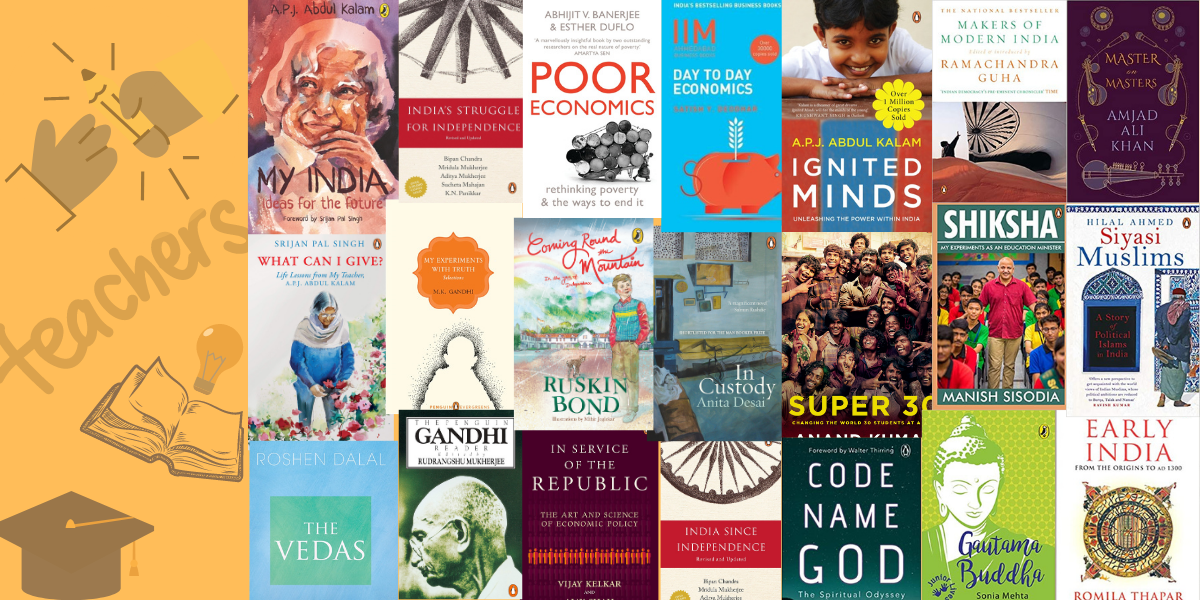Social studies teachers are vital. They shape students’ understanding of history, geography, economics, and civics. To keep their lessons engaging and impactful, they must stay informed and inspired. The best books for social studies teachers offer new teaching methods, fresh content ideas, and ways to make complex topics relatable. We explore the top books to improve social studies classes.
Top 10 Best Books for Social Studies Teachers
- “The Social Studies Teacher’s Toolbox” by Elisabeth Johnson and Evelyn Ramos
- “Teach Like a Champion 3.0” by Doug Lemov
- “Why Don’t Students Like School?” by Daniel T. Willingham
- “Historical Thinking and Other Unnatural Acts” by Sam Wineburg
- “Making Thinking Visible” by Ron Ritchhart, Mark Church, and Karin Morrison
- “Teaching What Really Happened” by James W. Loewen
- “The Geography Teacher’s Handbook” by Brin Best
- “Culturally Responsive Teaching and The Brain” by Zaretta Hammond
- “We Want to Do More Than Survive” by Bettina L. Love
- “The New Jim Crow” by Michelle Alexander
Detailed Reviews of the Best Books for Social Studies Teachers
The Social Studies Teacher’s Toolbox by Elisabeth Johnson and Evelyn Ramos
This resource is a treasure trove for social studies educators and a must-read for those looking to enhance their teaching toolkit. It offers ready-to-use strategies, activities, and tools, making it an invaluable guide. Organized by themes like civic engagement and historical thinking, the book provides practical solutions to engage students effectively. Each chapter includes reproducible handouts, lesson ideas, and differentiation strategies, making it ideal for teachers at any grade level. Just as the Best Financial Education Books empower individuals with knowledge for personal growth, this book equips educators with tools to inspire and engage their students.
Teach Like a Champion 3.0 by Doug Lemov
Doug Lemov’s latest edition of Teach Like a Champion equips teachers with new techniques. They will create a high-impact learning environment. The book is not exclusive to social studies. It has strategies for questioning, participation, and discussions. These can elevate history and civics lessons. Lemov’s clear explanations and examples make this book a go-to for all educators.
Why Don’t Students Like School? by Daniel T. Willingham
Cognitive scientist Daniel Willingham demystifies learning. He explains how students think and remember. This book helps social studies teachers connect history and geography with their students. It provides actionable tips on lesson planning, storytelling, and addressing common misconceptions.
Historical Thinking and Other Unnatural Acts by Sam Wineburg
Sam Wineburg challenges traditional history teaching methods. He advocates for a more inquiry-based approach. This book explores how students view history. It suggests ways for teachers to improve their critical thinking skills. It uses real-world examples and discussions to inspire teachers. It urges them to rethink how they teach historical narratives.
Making Thinking Visible by Ron Ritchhart, Mark Church, and Karin Morrison
This book explores techniques to encourage deeper thinking and understanding in students. Social studies teachers can use strategies like “Think-Pair-Share” and “See-Think-Wonder.” They can guide students to explore historical events, societal structures, and cultures. Its focus on a thinking culture makes it a must-have for teachers.
Teaching What Really Happened by James W. Loewen
James Loewen critiques traditional history curricula. He offers an honest look at overlooked or misrepresented events. He gives teachers strategies to teach controversial topics. They engage students in discussions about race, inequality, and systemic change. The book is a call to action for educators to deliver a more truthful and inclusive version of history.
The Geography Teacher’s Handbook by Brin Best
This book is a practical guide for geography teachers. It has innovative teaching methods, from using technology to creating interactive projects. It explains how to make geography lessons engaging. It connects global issues to students’ daily lives. It’s a must-read for social studies teachers aiming to inspire curiosity about the world.
Culturally Responsive Teaching and The Brain by Zaretta Hammond
This vital book helps educators see the link between culture, brain development, and learning. Social studies teachers can use these insights. They can design lessons that honor students’ cultures. This will foster a more inclusive classroom. Hammond provides actionable strategies to build trust, promote equity, and engage diverse learners.
We Want to Do More Than Survive by Bettina L. Love
Bettina Love’s powerful work addresses the need for social justice in education. It urges teachers to go beyond standardized tests. They should empower students to be change-makers. Social studies teachers will find it useful. It can spark discussions on race, class, and activism in their classrooms.
The New Jim Crow by Michelle Alexander
This book isn’t a teaching guide. But, it’s a must-read for social studies teachers. It addresses systemic racism, mass incarceration, and social justice. Michelle Alexander analyzes how policies and systems keep inequality alive. Her work gives educators context for informed discussions with students.
FAQs About Books for Social Studies Teachers
Why should social studies teachers read these books?
These books offer new views and ideas on history, geography, and civics education. They help teachers engage students and make lessons more impactful.
Are these books suitable for middle and high school teachers?
Yes! Most of these books are good for middle and high school. They have practical strategies and content for both age groups.
Can these books help with teaching controversial topics?
Absolutely. Books like Teaching What Really Happened and We Want to Do More Than Survive provide strategies for discussing sensitive issues. They promote thoughtful conversations.
Which book is best for new social studies teachers?
New teachers might start with The Social Studies Teacher’s Toolbox for lesson ideas. Or, they could read Why Don’t Students Like School? to understand student psychology.
Conclusion
Social studies teachers must connect students to the past, present, and future. The best books for social studies teachers inspire new teaching methods and engage students. These books can transform your classroom. They are full of ideas to refresh your methods or tackle tough topics. Start reading today to elevate your teaching journey!

